The Ivy League is an athletic conference comprising eight private institutions of higher education in the Northeastern United States. The conference name is also commonly used to refer to those eight schools as a group. The eight institutions are Brown University, Columbia University, Cornell University, Dartmouth College, Harvard University, Princeton University, the University of Pennsylvania, and Yale University. The term Ivy League also has connotations of academic excellence, selectivity in admissions, and social elitism. In addition, Ivy League schools are often viewed by the public as some of the most prestigious universities worldwide and are often ranked amongst the best universities in the United States and worldwide.
All of the Ivy League's institutions place within the top 15 of the U.S. News & World Report college and university rankings; with five placing in the top six. These eight schools have a reputation for being highly selective during their admissions process.
According to USA Today, these schools have some of the lowest acceptance rates of admissions, averaging less than 10 percent of students received an admissions offer. Harvard University received 39,494 applicants for the Class of 2021. The prior year, the institution accepted a record low of 5.2 percent of applicants. It is easy to say "plan ahead", but there is a lot of advantage in knowing what school and program you would like to attend in the future. If you are certain about which school you want to enroll in, it might be wise to apply through the Early Action/Early Decision program. This way, your deadline for application is earlier, but so is your response date.
To utilize this opportunity, you must research your school of choice and determine whether you are a good fit for the program to which you're applying. Early Action programs give you an early answer as to where you stand in the admissions process. According to most recent data, Cornell's acceptance rates for their early decision program is 22.7%! However, the university also offers highly rated programs in the humanities and social sciences, with popular majors including public health and international studies. Moreover, undergraduates praise the school's financial aid offering. News data, the mean aid package totals $47,492, and the college's alumni earn an average starting salary of $62,700.
Although Cornell University has the highest acceptance rates of all Ivy League schools, this does not mean that it's an easy school to get into. To be a competitive applicant for any of these eight prestigious institutions, you cannot slack off when it comes to your applications. Start planning your acceptance strategies early, which means studying hard at school and planning ahead for your standardized tests. If you have not been involved in an extracurricular activity since childhood, plan to seriously commit to an activity as early as you can. Choose something you love to do as this will be evident in your application components. Most importantly, do not choose to go to an Ivy League school for appearances.
Choose a program you actually want to attend and graduate from, rather than a program that will look good on your CV. Prestige and social status do not necessarily translate into better educational fit for you. Choose happiness and invest in your education in a school you truly want to attend. Hence, with such extensive history and prestige, it is no surprise that Ivy League Schools entertain some of the stiffest competition between prospective students seeking admission. Furthermore, with acceptance rates for all eight schools in the single digits, these elite schools are some of the most selective as they typically only admit the top 1 percentile of applicants.
Finally, there's a perception that elite schools admit a large number of students from minority racial backgrounds and lower socioeconomic standing, perhaps "instead of" students with higher grades and test scores. These colleges are known for being selective in their admissions; since the year 2000, the acceptance rates at each of the universities is said to have varied from 6 to 16 percent. In fact, in the most recent academic year, seven of the eight Ivy League schools reported record-high applications; seven also reported record-low acceptance rates. A main difference between Ivy League schools and regular liberal arts schools is their acceptance rates.
Ivy League schools are notorious for having highly competitive acceptance rates, and according to a 2012 CNN Money Report, those rates are getting even lower. Harvard and Yale had 5.9 percent and 6.8 percent acceptance rates, respectively, and the Ivy League school with the highest acceptance rate was Cornell at 16.2 percent. For it to be worth applying to any of these schools, you should be performing at a very high level academically.
Even at the Ivies with acceptance rates above 8 percent , serious applicants have very impressive high school transcripts and test scores. At Cornell, for example, the average SAT score for admitted students is a 1480. Each Ivy League college has its own unique accomplishments that make it important. All carry a certain reputation with them, and each school has programs that excel primarily in the medical and law fields, making them some of the most sought-after schools in the world. Their admissions process is very selective, which helps the schools ensure that they only accept the best and brightest. Many famous people have graduated from Ivy League schools, including recent presidents George W. Bush, Bill Clinton, and Barack Obama.
This prestige leads many to believe that these colleges are only for the wealthy and elite. Often, companies look for Ivy League graduates as potential employees, usually preferred by law firms, medical facilities, and large corporations. It has long been coveted to have earned a degree from an Ivy League school. Today, there are other competitors that some claim to be just as good as their Ivy counterparts. Some of these well-known schools include Duke University, Johns Hopkins, MIT, Vanderbilt, and Georgetown University, to name a few. The Ivy League schools are still excellent in both academia and in sports, and they have left a legacy of higher education with an exceptional track record and reputation to go along with them.
Ivy League schools offer exceptional educational opportunities but so do many other colleges in the US and worldwide. Schools like Stanford, MIT, Rice, and CalTech are not Ivy League schools but often rank higher in specific programs than some Ivy League schools. Many of them also offer lower tuitions and have higher acceptance rates. Consider your area of study and see if another top school provides opportunities that will help you succeed. Penn students develop the intellectual connections they need to thrive in an ever-changing and complex world.
Working with faculty across a flexible curriculum spanning 4 undergraduate and 12 graduate schools, students develop adaptable, well-rounded minds. The physical proximity of the university's resources make thinking and learning between departments and disciplines a part of everyday life at Penn. From innovative dual degree programs that defy traditional academic boundaries to rigorous grounding in the liberal arts and sciences, Penn is fueled by an open and endless exchange of ideas.
That is, a rise in the number of discrete students cannot fully explain the decline in acceptance rates at selective colleges in recent years. Colleges at the top of such lists often are the hardest to get into. Low acceptance rates — less than 10% for the "best" schools — indicate those colleges receive far more applications than they have places for students. Interest in this answer stems from the Ivy League being synonymous with America's most selective, prestigious, and elite colleges. In other words, not only are Ivy League acceptance rates among the country's lowest, each school carries a strong brand name that follows its alumni throughout their educations, careers, and networks.
The process of applying to US universities is not only complex, but also highly competitive, with acceptance rates to top universities like Harvard, now under 4%. Crimson's unique approach lifts students above the global applicant pool addressing every aspect of the application with equal intensity. Book a free consultation to learn how Crimson can help you get into your dream Ivy League. These highly secretive lists refer to applicants who have been marked by the Admissions Office as being "of interest to the school" for one reason or another. These applicants might be athletes, legacies, children of major donors, or otherwise have a connection to the university and its faculty or administration.
The admission rate for students who can get a spot on these coveted lists is significantly higher than that for either early or regular decision applicants. Your high school coursework is the biggest evidence of your academic abilities. The single most important document in your application is your high school transcript. Not only does it tell the admissions committee what kind of grades you received throughout the years, it also demonstrates your drive, dedication, and improvement over time. Impress the adcoms with a broad range of challenging courses, that you enjoy and find interesting. Try to take courses in different disciplines, including sciences, arts, humanities, and languages.
To increase your chances of success, take courses in disciplines you typically ace but do not forget to complete necessary requirements for graduation. You can find a study partner, ask your teacher for help, get a tutor, or design a study plan that would increase your understanding of the content. Ivy League undergraduate admissions are difficult to assess because each school claims to take a holistic approach to reviewing students' applications. A holistic application review considers a broad range of student's accomplishments and circumstances.
This allows admissions committees to consider your candidacy as a whole, rather than focusing on only one component of your application. A good example of this theory is the elimination of GPA stats for Brown's applicants. The college announced that it does not calculate its students' GPA and relies on other criteria for evaluation, such as students' coursework, course performance reports and letters of recommendation. As you might have noticed, the majority of the Ivy League schools do not have specific GPA or standardized test score requirements – all of this is meant to demonstrate that no ONE application component outweighs the other.
Given that there are more qualified candidates than spots at highly selective schools, it makes sense to include schools on your list that offer intellectual rigor, but have higher acceptance rates. Some on this list may be familiar to you, but others may be hidden gems. Although lesser known as a liberal arts college, Williams is one of the best non-Ivy colleges in the nation, with majors ranging from economics to political science, government, and history. Additionally, Williams offers courses in the style of the tutorial system employed by Oxford and Cambridge. Consisting of a professor and two or three students, these tutorials allow undergraduates to learn in an intimate, personalized atmosphere. During their free time, Williams students enjoy plenty of outdoor activities in Western Massachusetts, such as hiking, canoeing, and cross-country skiing.
Another university in Illinois, Northwestern holds the No. 9 spot on the list of best national universities. As a bonus, Northwestern students have plenty of opportunities to take courses overseas. MIT ties with Columbia for the No. 3 spot on the list of national universities, ranking just behind Princeton and Harvard.
Along with world-class research facilities featuring the latest technologies, MIT students enjoy access to the Independent Activities Program, a month-long January term featuring special courses and projects. While the university's engineering school is its largest in terms of enrollment, MIT also earns high marks for non-tech programs such as political science and economics. This system is exacerbating inequality, retarding social mobility, perpetuating privilege, and creating an elite that is isolated from the society that it's supposed to lead. In 1985, 46 percent of incoming freshmen at the 250 most selective colleges came from the top quarter of the income distribution.
As of 2006, only about 15 percent of students at the most competitive schools came from the bottom half. The more prestigious the school, the more unequal its student body is apt to be. As of 2004, 40 percent of first-year students at the most selective state campuses came from families with incomes of more than $100,000, up from 32 percent just five years earlier. Similar to a high GPA, high SAT or ACT scores demonstrate your academic aptitude to the admissions committee. An excellent way to gauge if your score is in the ballpark of where you need it to be for your application to an Ivy League school is to check its class profiles.
Often, schools will list the average scores of all admitted students. Even though Ivy League schools have impeccable reputations, they do not produce the most students who ultimately earn doctorate degrees. According to a 2010 CBS Money Watch report, liberal arts schools dominated the top 10 list of students who eventually earned doctorates. For example, liberal arts schools produced twice as many students with science doctorate degrees as compared to other institutions, including Ivy League schools. If you are planning to pursue a doctorate, you might look beyond Ivy League possibilities and examine additional opportunities.
There are eight Ivy League schools -- Brown, Columbia, Cornell, Dartmouth, Harvard, Pennsylvania, Princeton and Yale -- and each has the reputation for being highly competitive in academic standards and admissions policies. Debates over the value of an Ivy League education have carried on for decades, but many believe it's worth the money. There are several main differences between Ivy League schools and general liberal arts colleges, but you can receive an excellent education from either. Relatedly, many public universities offer special programs or honors colleges, just as several Public Ivies do. Not only do these programs allow your child to obtain a more intimate college experience, they also tend to offer greater academic challenges due to their more selective admissions processes. Nevertheless, competition for acceptance into many Public Ivies has grown increasingly stiff, particularly as these schools become more desirable to out-of-state applicants.
Many public universities are required to accept a certain percentage of in-state applicants, which typically puts out-of-state applicants at a disadvantage. That's why, when evaluating acceptance rates at Public Ivies, it's a good idea to research what admissions policies your state's Public Ivy has in regard to in-state and out-of-state applicants. The student body is a diverse mix of talented, open-minded, and empathetic individuals. Study Cornell's culture and university philosophy to determine if you're a good match.
The Public Ivies aren't the only schools compared with the Ivy League. The "Little Ivies," which consist of private liberal arts colleges, offer both academic rigor and selective admissions similar to that of the Ivies and Public Ivies. The truth is that Ivy League colleges don't always have the highest quality of instruction for undergraduate students. Overall, they tend to be very focused on doing academic research to maintain their position at the forefront of academia. Professors may be less interested in teaching than they are in their personal projects; alternatively, schools may end up hiring tons of adjunct faculty to keep costs down.
You could end up with a better learning experience at a small, highly selective college that exclusively enrolls undergraduate students because the professors are there primarily to teach. First, you probably know that some particularly talented high school athletes can take a different road into top colleges than others. Top colleges do have minimum GPA and SAT/ACT score standards for their recruited athletes, but they tend to be lower than what students need in the regular pool.
Recruited athletes are also likely to commit to a school over the summer, meaning they count as early applicants, another thing to keep in mind when looking at those early numbers. The globalization of applying to college has magnified this trend. Not only are American high schoolers applying to more schools, they're applying all over the country. And it's not just them; students from all over the world can apply to American universities through the convenience of the internet, which again drives up the number of applications. International student applications have grown substantially over the past twenty years, meaning that just looking at American demographics is a poor way to understand the college admissions landscape. Obviously, there is some surprising information in these admissions statistics!
The admissions rate has clearly declined precipitously at all these schools over the past twenty years, from an average of about 27% to last year's average of approximately 6.5%. As you can see, some schools' freshman admission rates have declined more dramatically than others. That's because all of these schools have worked steadily over the past four decades to get as many applications as possible. The more students apply, the more they can reject, and the more selective they seem.
The Ivy League didn't start out as a group of the most academically prestigious and elite universities. Only in recent decades has it come to be seen as the pinnacle of academic excellence and admissions selectivity. During the period when this was done, MIT was nowhere close in terms of athletics. Today, even though MIT now has a prestigious student-athlete accolade, they can't rank it amongst the Ivy League schools. Now, if all schools consider these factors important in their admissions processes, consider how uncompromising Ivy League schools will be in their applicant choices.
Due to the highly selective admissions process of these schools, they put a lot more value in all these factors. They place more emphasis on grades and college prep courses; they pay more attention to your essay and writing sample; and they will certainly take a closer look at your recommendation letters, as well as your extracurriculars. You must not give admissions committees any reason to cut you out of the applicant pool. The low acceptance rates apply to each school's entire applicant pool; therefore, this rate should not be taken as your own personal chance of acceptance. One way to better understand your personal rate of acceptance is to compare against students with your background and to be able to compare all aspects of your profile . Shooting for selective colleges can be daunting, as only a few students can reasonably expect to stand a chance in admissions.



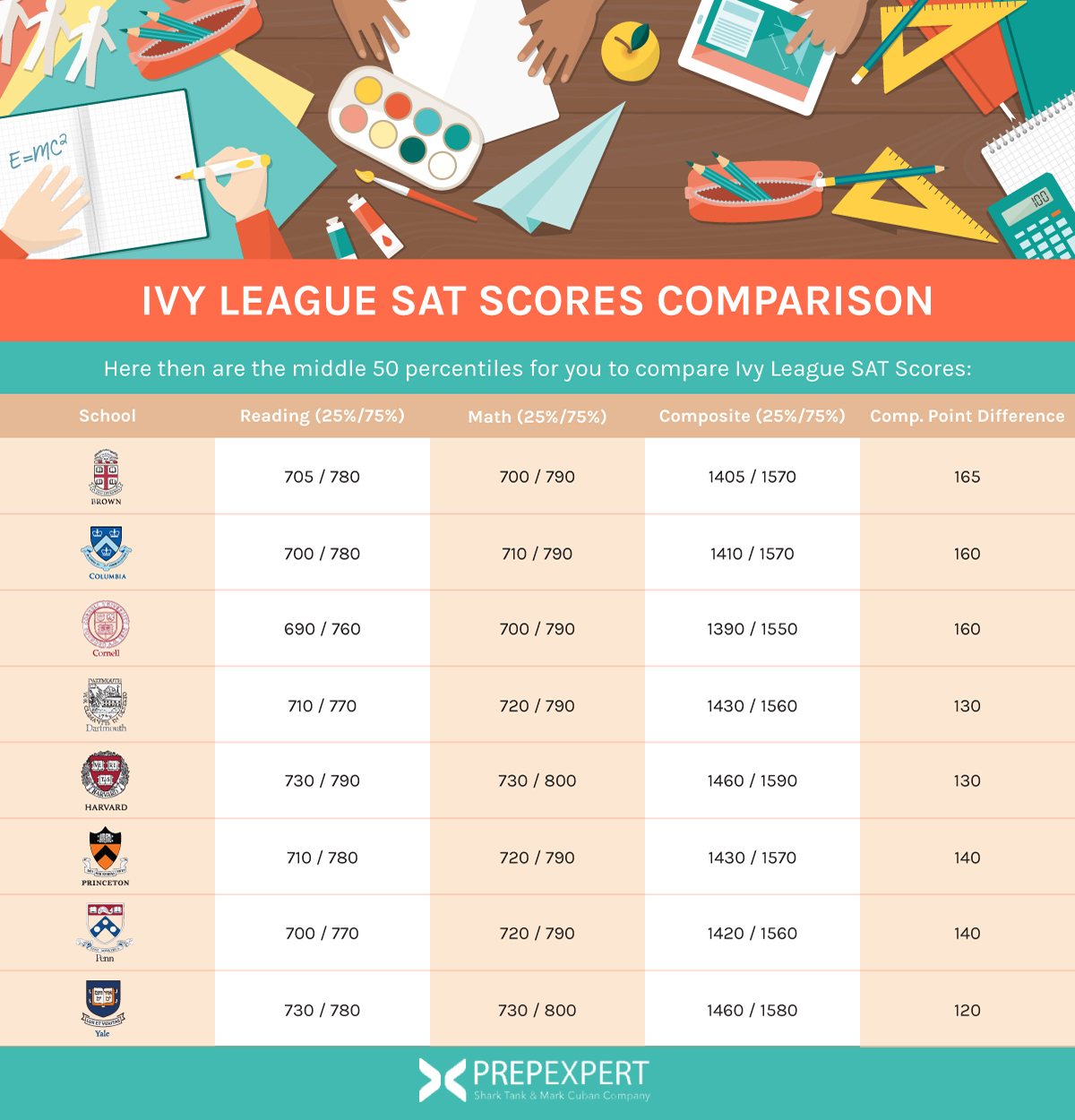


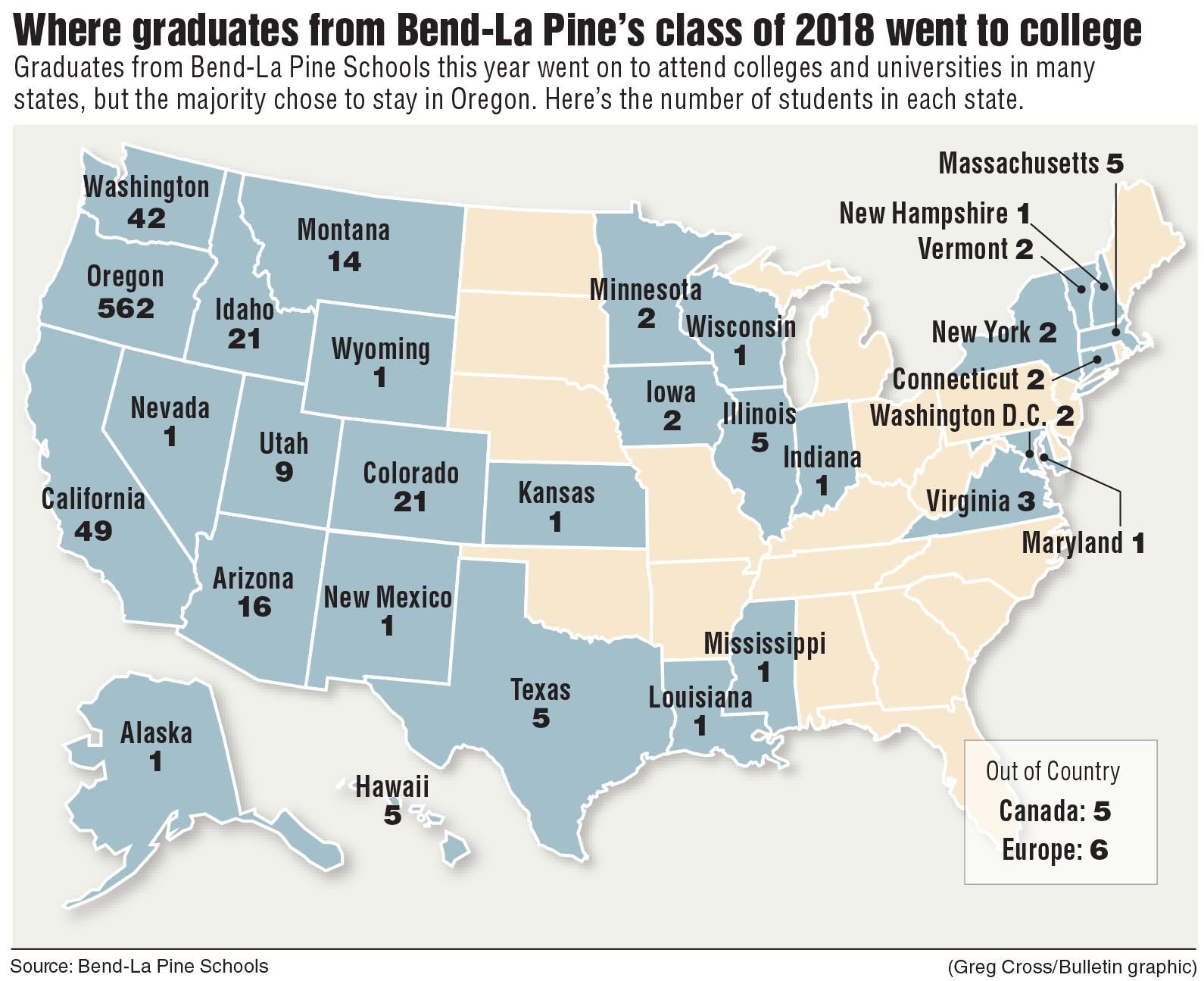

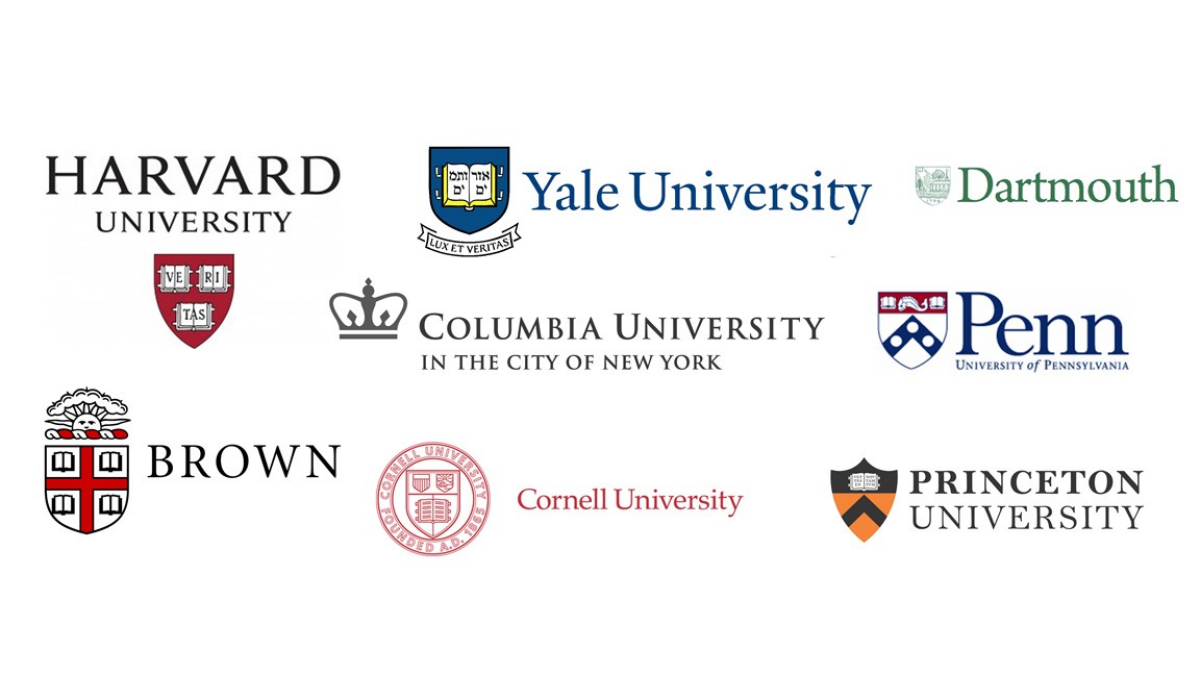




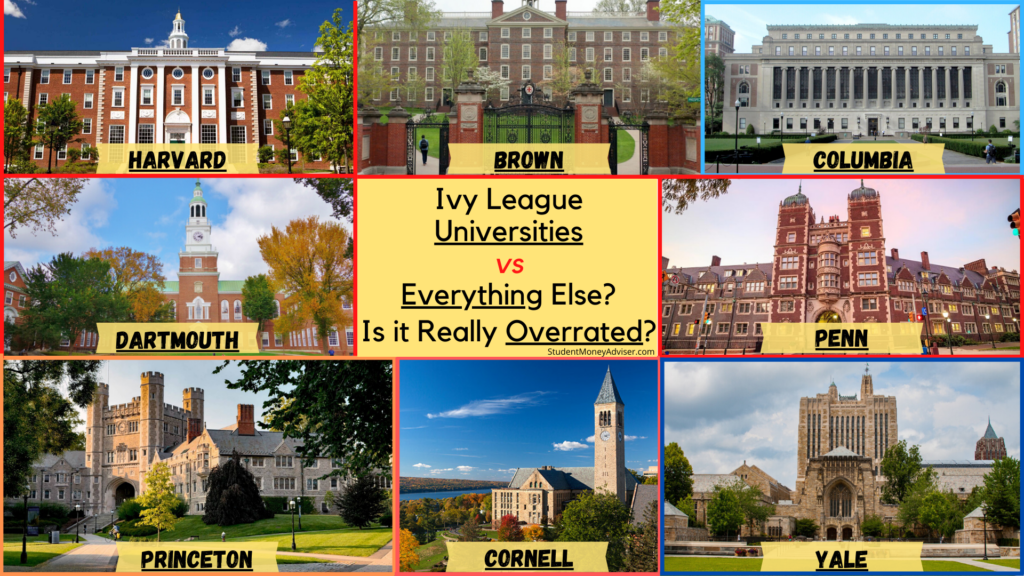





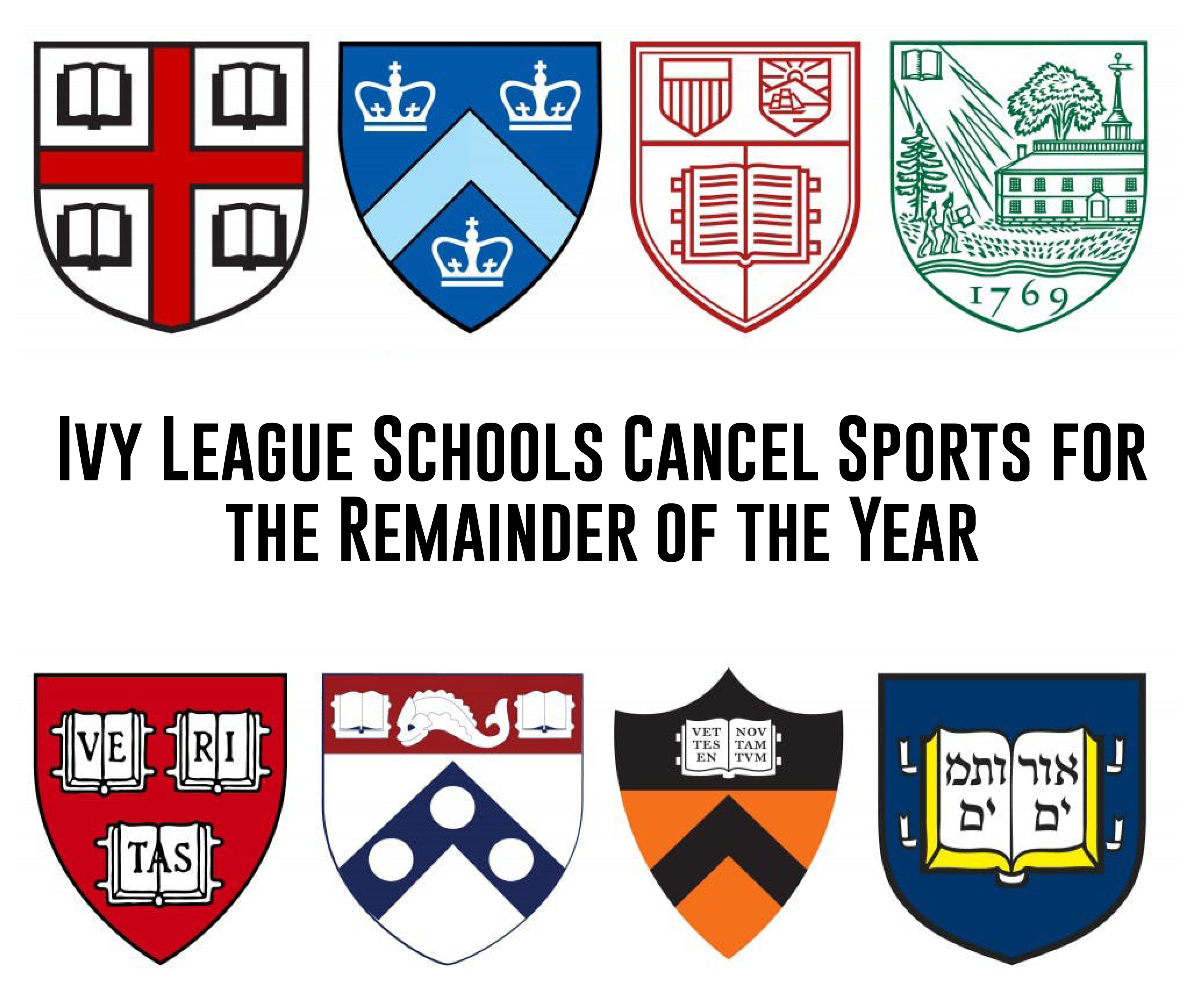



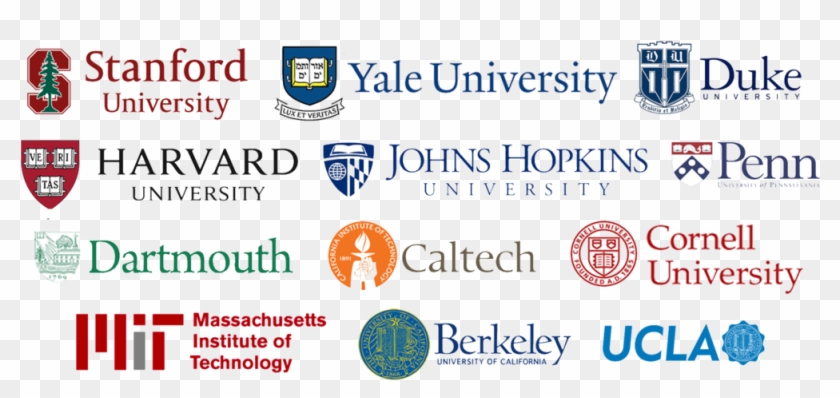

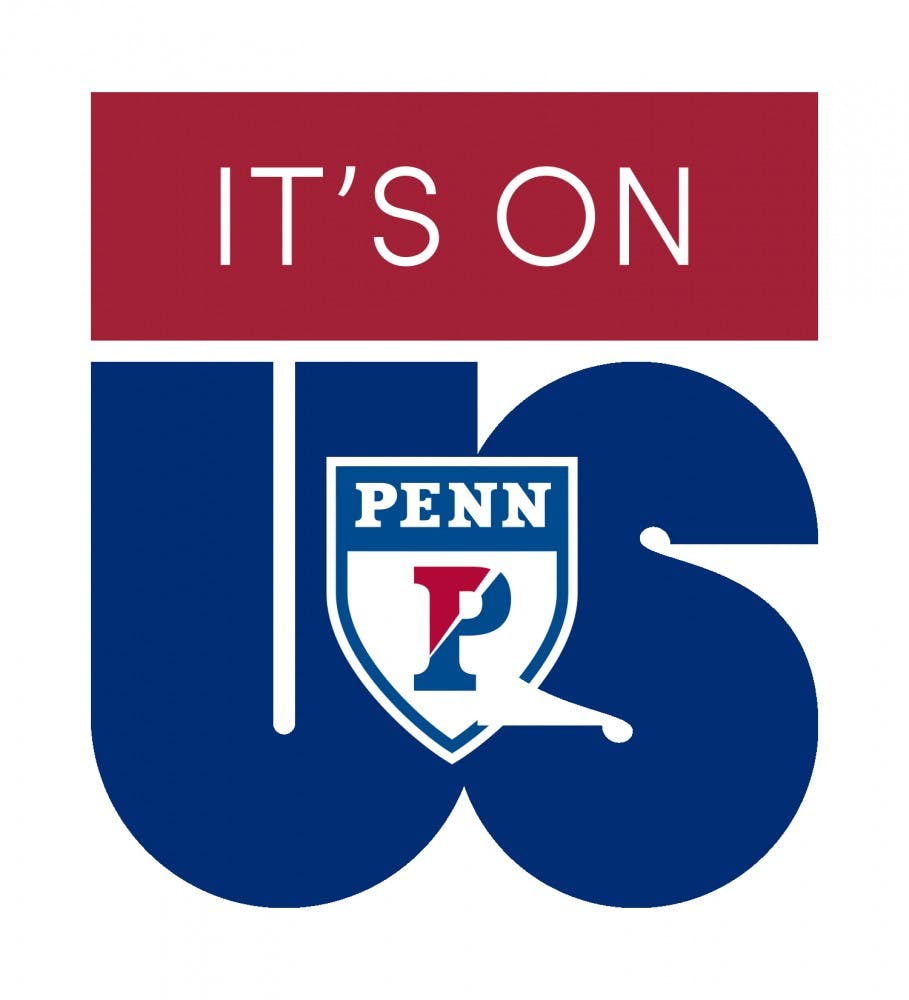

No comments:
Post a Comment
Note: Only a member of this blog may post a comment.